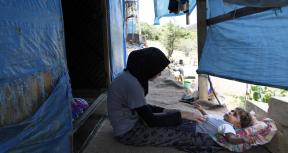Cities will be home to 2 billion new residents by 2045, and the pressure to develop land in and around cities is growing. This will pose a great challenge to lower‐income cities since they tend to grow through slums and other informal settlements. Slum residents have inadequate and inequitable access to public services and economic opportunities, and on account of the living conditions in these settlements, they are also more vulnerable to diseases, especially highly communicable ones, such as COVID-19. In 2014, an estimated 880 million urban residents lived in slum conditions, compared with 792 million in 2000 (UN 2019). This number is likely to keep growing unless urban spatial expansion is planned and managed well.
To achieve the Sustainable Development Goals, development institutions will need to support clients in managing urban spatial growth. An integrated approach towards land administration, land use planning, and land development – three major determinants of urban spatial growth – will be key.
This evaluation offers IEG’s first systematic assessment of the World Bank’s support to the management of urban spatial growth. It answers the question: To what extent has World Bank engagement been relevant and effective towards supporting its clients in managing urban spatial growth through land administration, land‐use planning, and land development?




